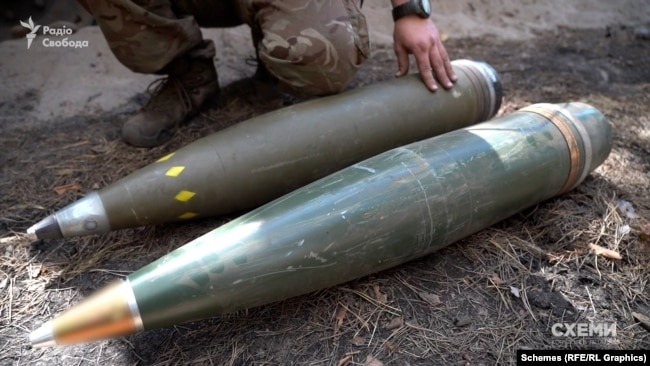The United States has halted key weapons deliveries to Ukraine, a move that think tank Institute for the Study of War (ISW) warns could accelerate Russian battlefield gains and force Ukrainian troops to conserve dwindling resources. The suspension, which affected munitions already staged in Poland, caught Ukrainian authorities off guard and threatens to weaken Ukraine’s ability to hold the line.
Ukraine not notified before US halted weapons
Ukraine’s Ministry of Defense stated that no official notification was given prior to the US announcement about the aid suspension. The New York Times reported US officials as saying the munitions weren’t scheduled for delivery for several months, but the Wall Street Journal contradicted this, noting that deliveries already staged in Poland were halted as of 1 July. Politico cited a Trump administration official as saying no additional aid has been requested, but that remaining Biden-era packages could sustain Ukraine “several more months.”
Ukrainian forces continue to husband matériel
A deputy battalion commander told the Washington Post in a 2 July article that Ukrainian troops are now focused on holding defensive positions rather than advancing. This echoes past situations when US aid suspensions forced Ukrainian forces to ration air defense interceptors, GMLRS rockets, and artillery shells.
While European partners are increasing support and Ukraine’s domestic defense industry is expanding, ISW assessed that only the United States can provide some crucial systems at the necessary scale and speed.
“Ukrainian forces very likely will have to conserve materiel again should the United States continue to suspend weapons deliveries,” ISW wrote.
Russian offensives benefit from past US aid delays
According to ISW, past pauses in US assistance have created openings for Russian forces. During the fall 2023 and winter-spring 2024 suspensions – when the US Congress Republicans delayed approving the Ukraine aid funding for six months.
During this period, Russian troops intensified offensives, particularly around Avdiivka in Donetsk Oblast. In January 2024, Russia ramped up its assault on the settlement, eventually capturing it in February while Ukrainian troops were constrained by artillery shortages. These conditions allowed Russia to sustain offensive momentum, aiming westward and launching further attacks toward Pokrovsk during spring 2024, when aid was still delayed.
ISW assessed that between 6 December 2023, when the US aid pause began, and 24 April 2024, when it resumed, Russian troops advanced roughly three kilometers per day — especially in Donetsk Oblast.
In contrast, during the previous six months, Russia had lost around 203 square kilometers due to Ukraine’s 2023 counteroffensive, which was heavily supported by US and allied military aid.
Why the pause happened: US reviews global commitments
Politico reported that the Trump administration made the decision in early June 2025 to hold off on certain deliveries, but the effect only became clear in early July. White House Deputy Press Secretary Anna Kelly confirmed on 1 July that the decision followed a Department of Defense review of US global military assistance. NBC, citing six defense and congressional officials, said the Pentagon ordered the pause while it reassessed stockpiles, and that the delay could be extended if stock levels remain low or if US needs elsewhere take precedence.
Kyiv urges resumption of aid
Ukraine’s Ministry of Foreign Affairs emphasized on 2 July that timely delivery of allocated US defense aid remains critical, especially to bolster air defenses. The Ukrainian Ministry of Foreign Affairs warned that delays would embolden Russia to continue its war and avoid negotiating peace. Ukrainian diplomats noted ongoing talks with Washington to find a path forward that supports Ukraine’s defense needs.




